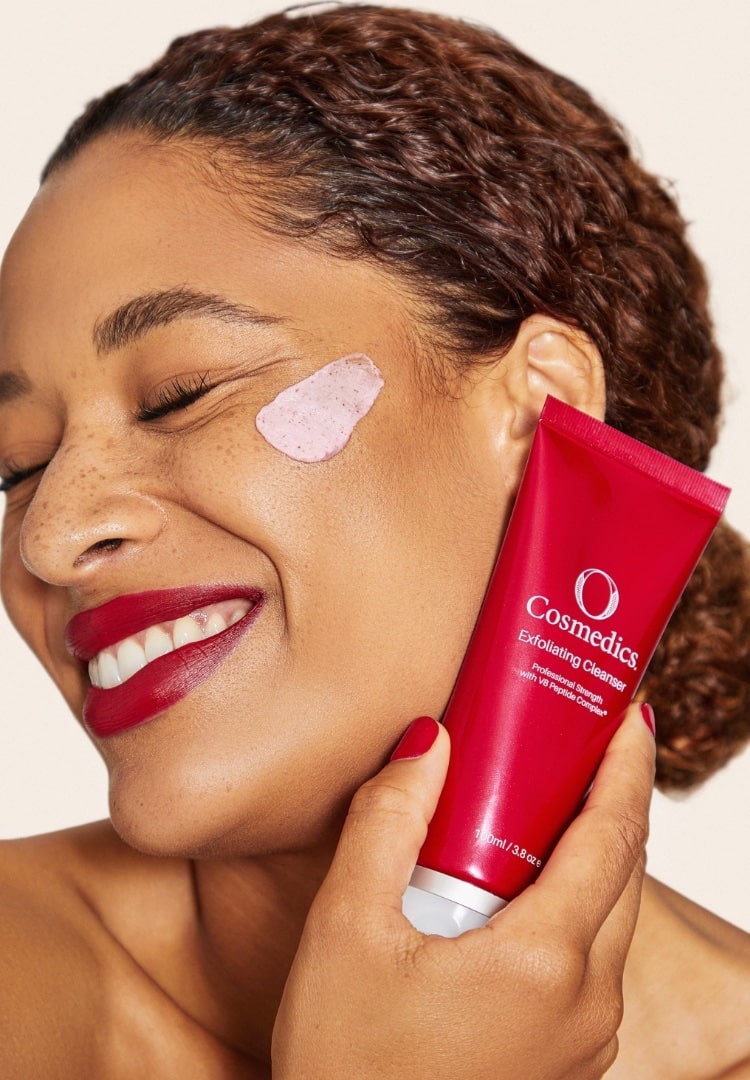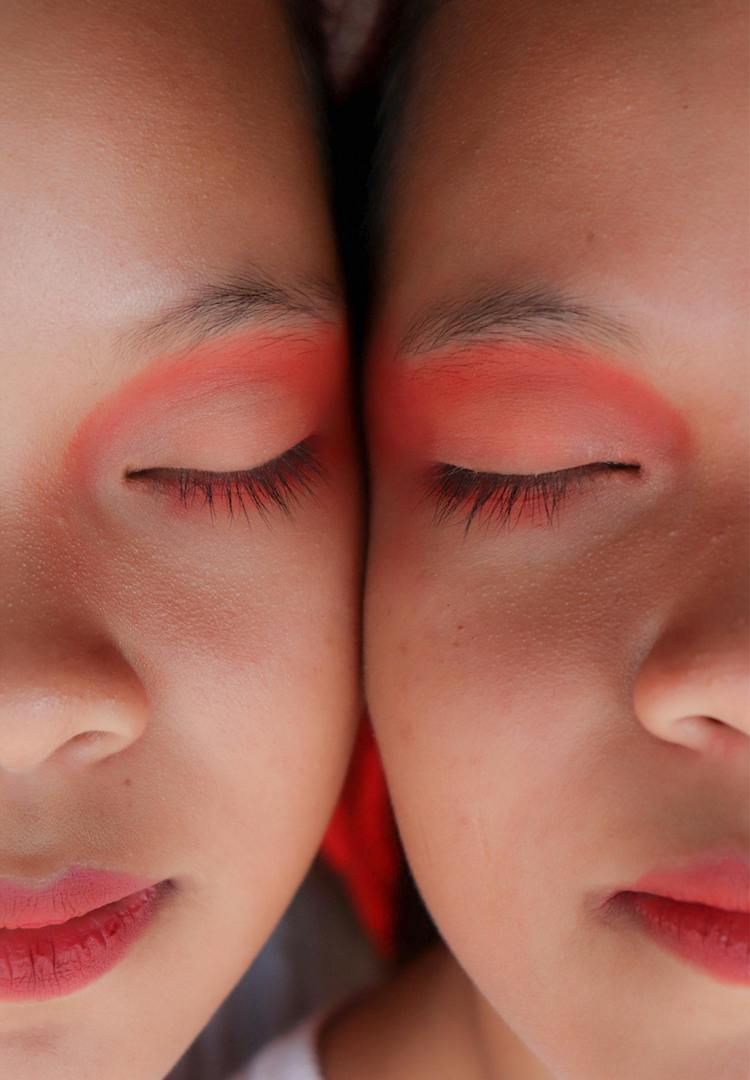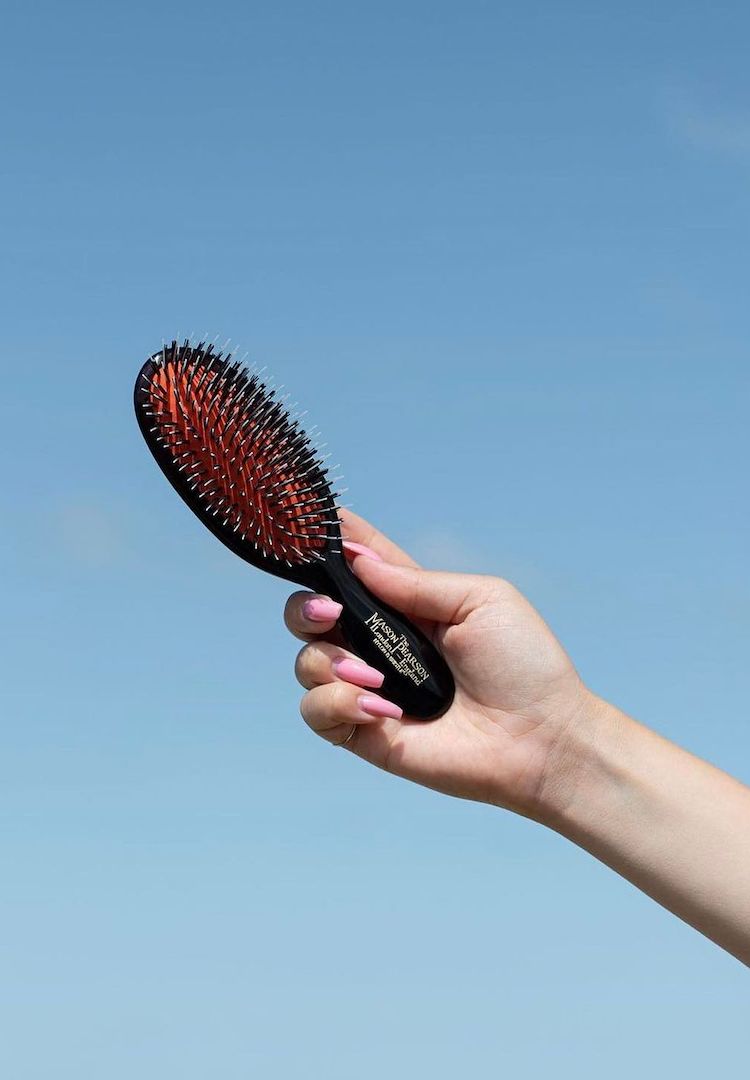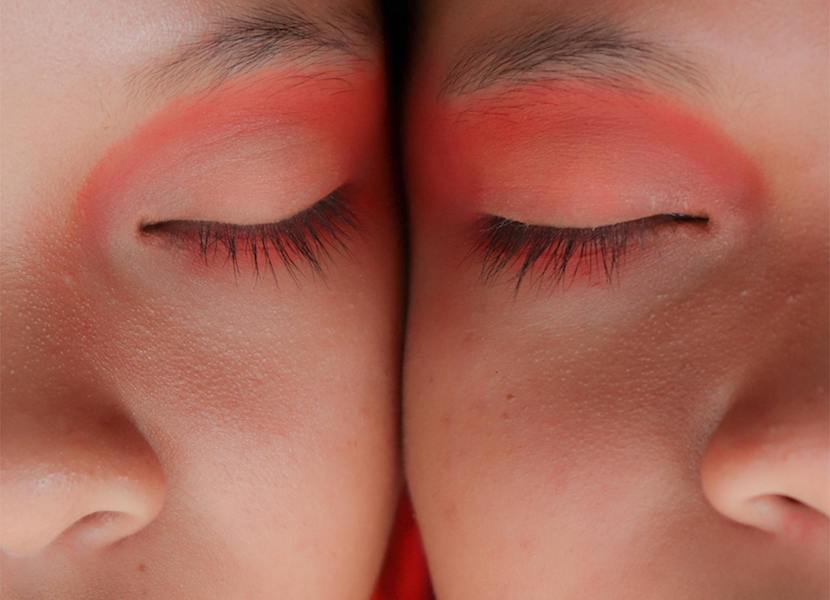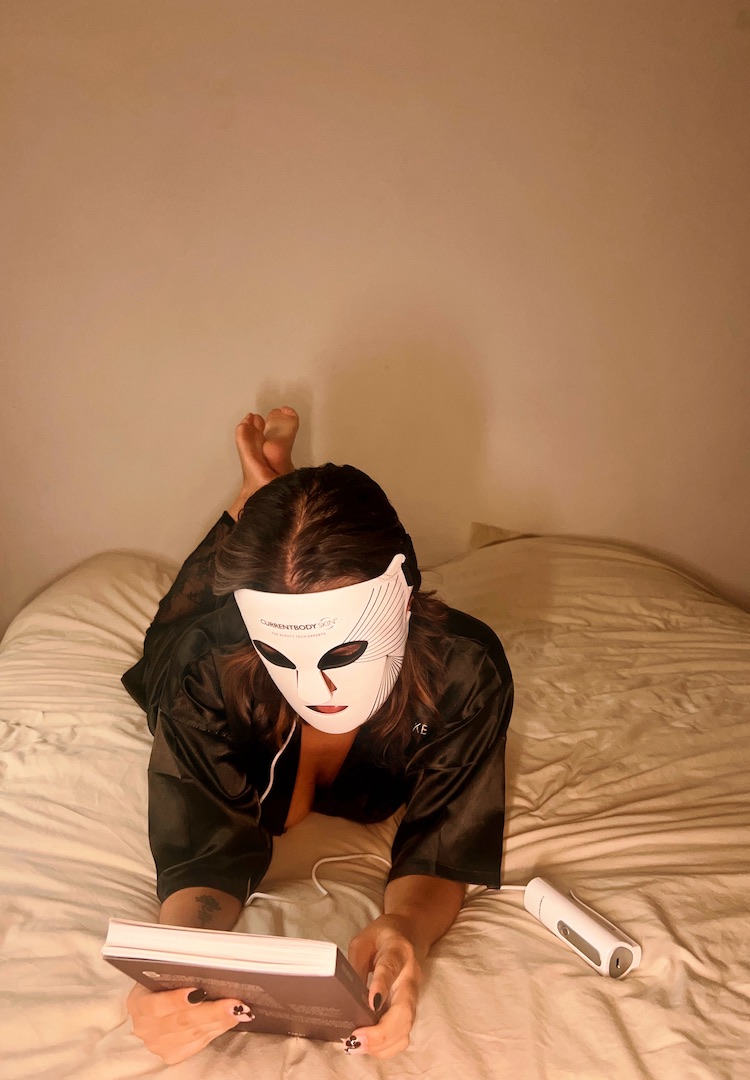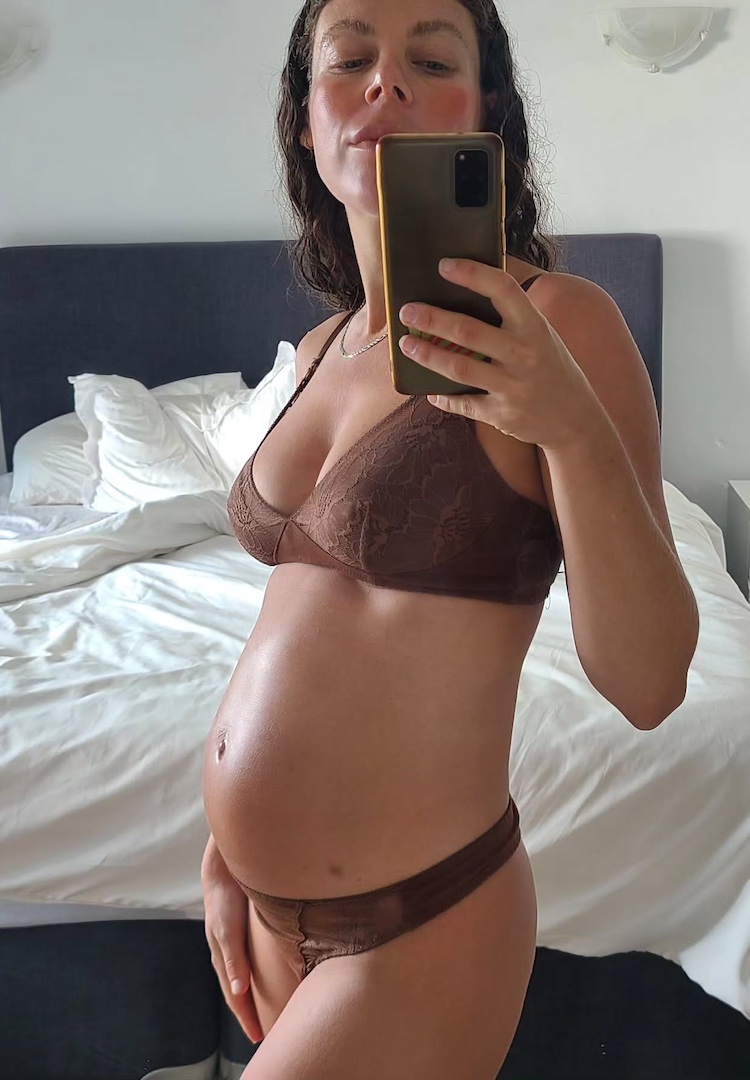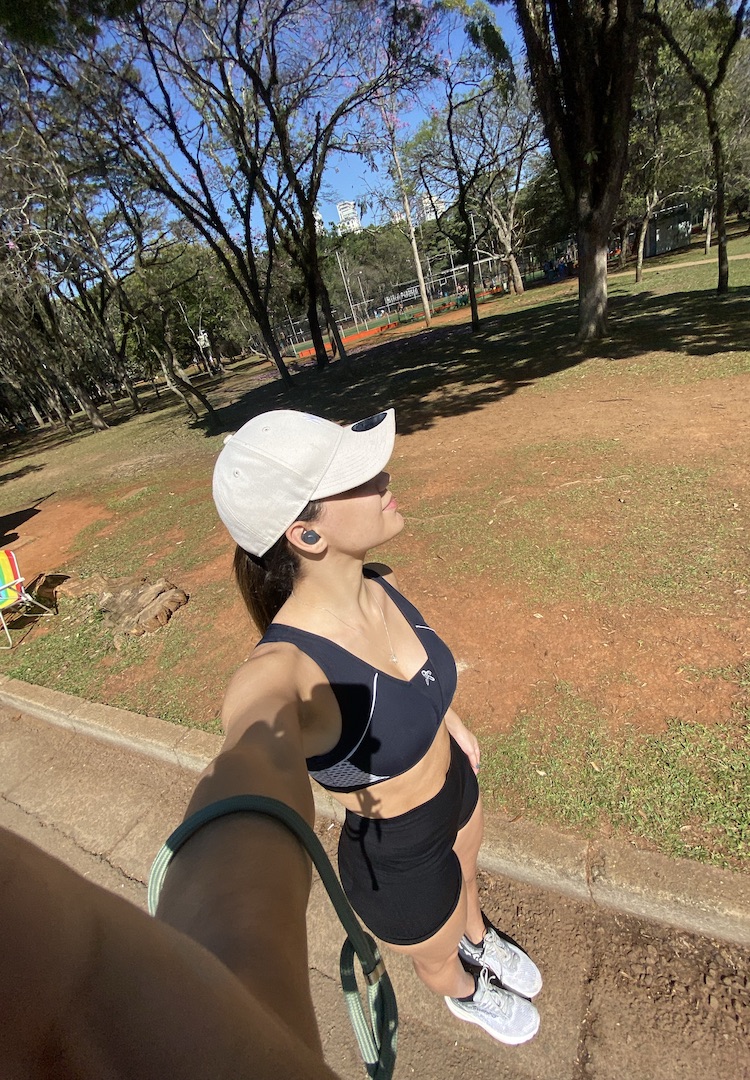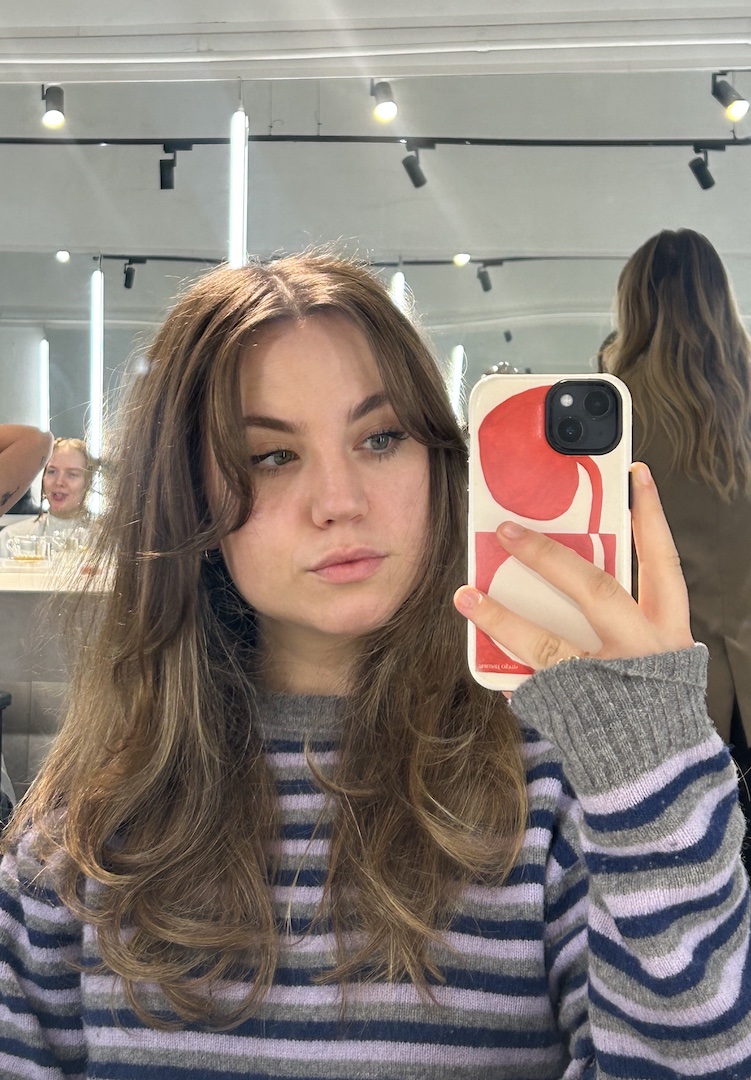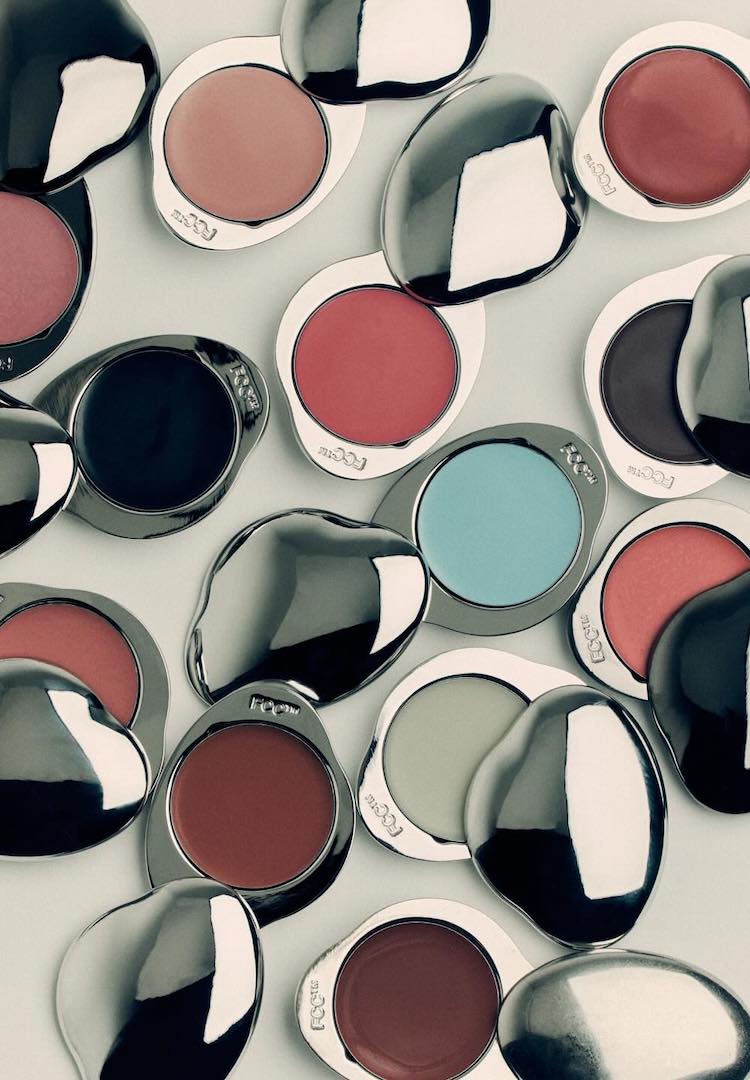How to pre-treat your next period-induced acne breakout
WORDS BY FASHION JOURNAL
A doctor’s advice on dealing with pesky period acne.
Maintaining healthy, glowy and breakout-free skin is hard enough without adding your menstrual cycle to the mix. Almost half of the population gets their period at some stage of their lives and while women all experience different symptoms during their menstruation cycle, for those who experience period acne it can be frustrating and painful.
To find out more about what period acne is, and how we can potentially pre-empt or pre-treat it, we spoke with Laser Clinics Australia’s Dr Philip Bekhor. Anecdotally, Dr Bekhor says while hormonal acne can affect any skin type, it’s more common in those already prone to oily or acne-prone skin.
We like nosy people. Don’t be shy, head to our Beauty section for more.
He also says despite acne being common in adolescence, about 50 per cent of the population over 20 years will continue to have the occasional breakout, with those with hormonal disorders like polycystic ovarian syndrome (PCOS) associated with higher rates of ongoing acne. Below, we asked him our burning questions about period acne.
Does your skin change during your menstrual cycle?
Skin is our body’s largest organ and it can fluctuate depending on the different seasons, your lifestyle, medications, genetics and of course hormones. Hormonal changes in the body can have an impact on your skin, making you susceptible to sensitivity, dryness, flushing and excess oiliness throughout the T-zone or all over the face with breakouts.
A lot of people tend to find just before their period starts, they receive a friend or two on their face near the chin or jawline area. Due to changes in core body temperature and skin feeling more sensitive than usual, your skin may also feel dehydrated.
Should the way you treat your skin change depending on where you are in your cycle?
You don’t necessarily need to change treatment plans based on where you are in your cycle, however, understanding what your body and skin go through in the different stages of your cycle will help you to understand why your skin feels or looks a certain way.
For example, if your skin is prone to flushing, you will be more inclined to use skin products that can calm, hydrate, repair and protect. Using active ingredients such as salicylic acid or retinol may prove too intense and can dry the skin further.
Why do many of us get skin breakouts before our period?
Breakouts typically occur the week or two prior to and during your period due to the changes in hormones before your period. Testosterone increases the production of androgens, and that produces more oil in the skin which can lead to providing a breeding ground for the P.acne bacteria to thrive in.
This is why the week prior to your period you may notice further blackheads, under-the-skin congestion, breakouts in the jawline and chin area and/or excess oil.
Is there a way to pre-treat or reduce period acne?
Acne that occurs or seems to become worse just before or during your period can be helped by ensuring you are using the correct products at home for your skin, and have a treatment plan devised for you by an experienced skin therapist. To pre-treat an oncoming period acne invasion there are a lot of helpful tips.
It’s best to maintain a healthy balanced diet, refrain from ever-so-tempting junk food and take in essential fatty acids via supplements (like evening primrose oil or starflower oil), which have also been proven to heal and repair skin and regulate PMS. Getting plenty of well-deserved sleep and practising mindfulness to help calm and relax your body and mind is also helpful.
To help pre-treat the skin prior to your period coming you can opt for a HydraFacial to help deep clean the skin and get rid of any dirt, grime, makeup, and blackheads as well as adding hydration infused with botanicals and antioxidants. Skin peels can also benefit the skin by using active ingredients to gently exfoliate the surface level of the skin and penetrate deeper into the skin to help increase the production of new healthy skin cells.
A treatment proven to help with period acne is the blue LED, which creates an oxygen-rich environment in the skin that suffocates the P.acne bacteria which thrives in carbon dioxide. Creating an oxygen-rich environment helps the body to get rid of the P.acne bacteria to prevent further acne breakouts and calms down inflammation. Depending on unique skin concerns, it’s always best to seek advice and support from a trained skin therapist to better understand your skin and devise a personalised skin treatment plan for you.
For more on period acne, head here.

